WATER IN THE AMERICAN SOUTHWEST
(The remarks in italics are from the forum administrator. The links credit the text from which the information is referenced from.)
The SECURE WATER ACT: S2156 In its entirety.
http://thomas.loc.gov/cgi-bin/query/F?c110:1:./temp/~c110P6V4As:e27761:
I’ve provided text from existing transboundary water treaties, as well as specific pages with tables and figures for the reader to bookmark for future reference. Compare the current status of state, federal and international law and ‘binding’ treaties. On the left side of the blog, in that long and confusing list of links, are links to New Mexico water law.
Second International Symposium on Transboundary Waters Management
PERSPECTIVES OF A NEW INTEGRAL WATER MANAGEMENT IN THE BASIN OF THE RIO BRAVO/GRANDE.
p.5
With the approval of the new National Water Law in Mexico, and the consequent decentralization of the National Water Commission, it is opened the way to the creation of Basin Organisms. Which will have faculties to decide the regional hydric policy, this would allow a better integration of the binational basn council with the states that conform the American side basin of the Rio Bravo/Grande, since each one of it is authorized to decide on its hydric resources.
http://idbdocs.iadb.org/wsdocs/getdocument.aspx?docnum=967080
p.6
Given the important nature of the subject of the water in the border zone of the Rio Bravo/Grande, it must be recognized that the investigation around the transboundary water management policies, it must take into account that the political action is quite often a action or adaptation to social or natural crises, instead of being strategic operations guided by a rationality.
http://idbdocs.iadb.org/wsdocs/getdocument.aspx?docnum=967080
Table 1, on Page 3 of this study has contains the following text under ESTANDOS UNIDOS:
All water from Pecos, Devils rivers, Goodenough spring, Alamito, Terlingua, San Felipe and Pinito rivers. http://idbdocs.iadb.org/wsdocs/getdocument.aspx?docnum=967080
First International Symposium on Transboundary Waters Management
Monterrey, Mexico, Nov. 2003, pp. 155-162
WATER AVAILABILITY MODEL AND GEODATABASE
DEVELOPMENT FOR THE RIO GRANDE BASIN
p.3
The United States takes twice as much water from the Rio Grande as Mexico does. On average Mexico withdraws 1.2 billion cubic meters of water from the river every year (64 million through the Acequia Madre Canal in Ciudad Juarez, and the rest through the Anzalduas Canal near Reynosa). The United States diverts an average of 2.5 billion cubic meters. In Texas, municipal needs have priority over agriculture and industry in water apportionment between sectors. Thus, as population grows in cities along the border, growers will find themselves with less water for irrigation once municipalities take excess water. On the Mexican side, Reynosa and Matamoros are growing by about 2.5 percent annually. According to Mexican government, the actual population in Ciudad Juarez is almost 1.2 million people, in comparison with almost eight hundred thousand people in 1990.
Yet as projected demand increases, the supply of water available to meet it is expected to
diminish. The four largest metropolitan areas in the Rio Grande basin will present particular problems for future water planning: El Paso/Ciudad Juarez in the upper basin, Laredo/Nuevo Laredo in the river’s middle reach, and McAllen/Reynosa and Brownsville/Matamoros in the
lower reach (Eaton, 1987).
Link to First International Symposium on Transboundary Waters Management
http://www.crwr.utexas.edu/riogrande/pdfs/Transboundary-Water-2003.pdf
Page 7 of this study displays two maps (Fig.3 & Fig.4) showing the river network of the Rio Grande basin and water bodies of the basin. Note the location of these water bodies in New Mexico and Texas.
http://www.crwr.utexas.edu/riogrande/pdfs/Transboundary-Water-2003.pdf
The Drought in the Conchos River Basin
The 1994 Treaty requires that the US must deliver annually 1,500,000 acre-ft (1,850 million cubic meters) of water from Colorado River, while Mexico must deliver to the US 1,750,000 acre-ft (2,159 million cubic meters) of water in five-year cycles from the Rio Grande/Rio Bravo and its effluents, mainly the Rio Conchos.
The United States have complied with this obligation, and in a number of occasions have given additional quantities to Mexico when there have been surpluses. Although, there have been Mexican complains about the high salt, pesticides, and fertilizers content of the delivered water.
Mexico supplied the compromised volume of water or more in all but three cycles. During the last two cycles (1992-1997 and 1997-2002), Northern Mexico experienced the most acute drought on record. As a result, Mexico was unable to meet with its deliveries of water to the US. During that time, a serious political pressure was continually increasing, making difficult an arrangement of the situation. A typical move started with a May 2002 press release by the American Embassy in Mexico, which stated that the United States was committed to work with Mexico for designing long-term measures for water conservation. It also said that the situation in southern Texas was pressing, and according to the State Goverment of Texas, the drought had originated the loss of 30,000 jobs and one billion dollar income. The Mexican side also had important losses and Mexico responded that there was not enough water for its own use. Today, there is an agreement between both countries but the troubling scenario of a scarce and fouled water region remains present.
US-Mexico Water Issueshttp://www.ce.utexas.edu/prof/mckinney/ce397/Topics/US-Mex/US-Mex(2003).htm
Link to SOUTHWEST HYDROLOGYhttp://www.swhydro.arizona.edu/archive/V6_N6/
Link to OPENCONGRESS.ORG.http://www.opencongress.org/bill/110-s2156/show
Posts and Comments from Readers
Please include yourself in the discussion. Post a comment.
Sunday, December 2, 2007
Subscribe to:
Post Comments (Atom)












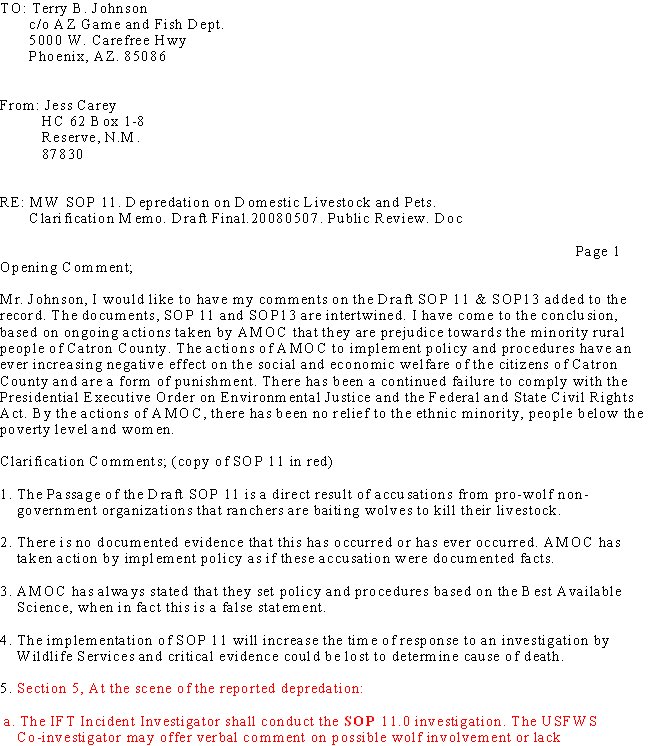
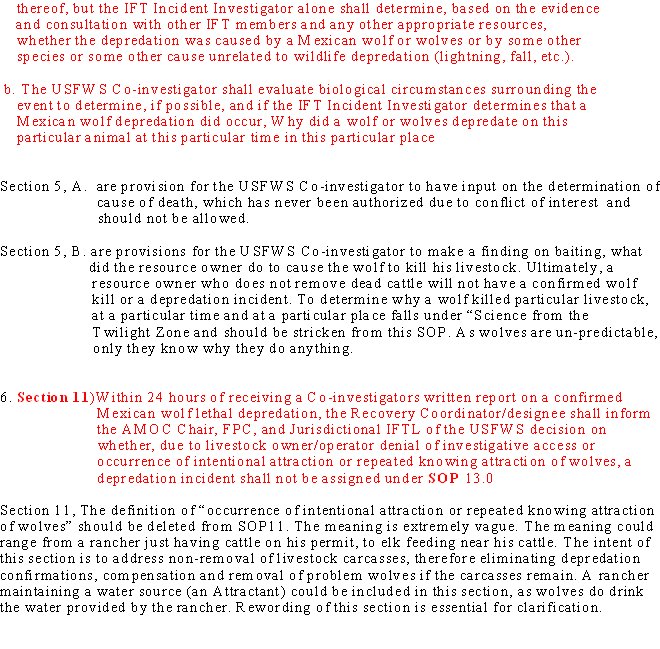
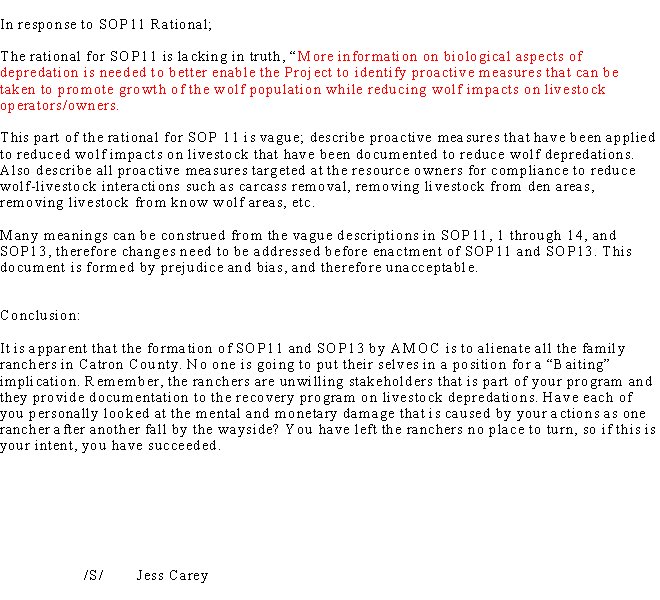

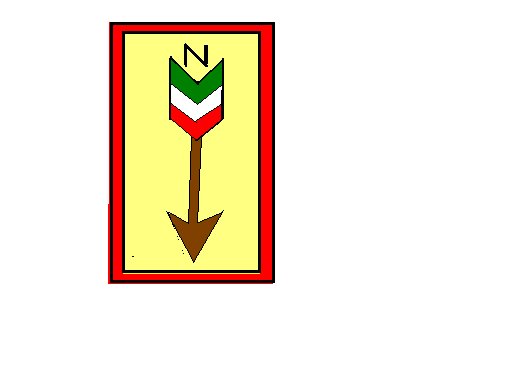


.jpg)


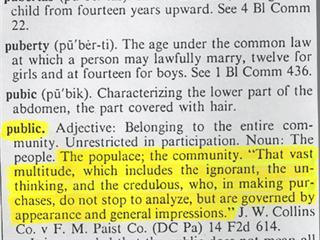















No comments:
Post a Comment